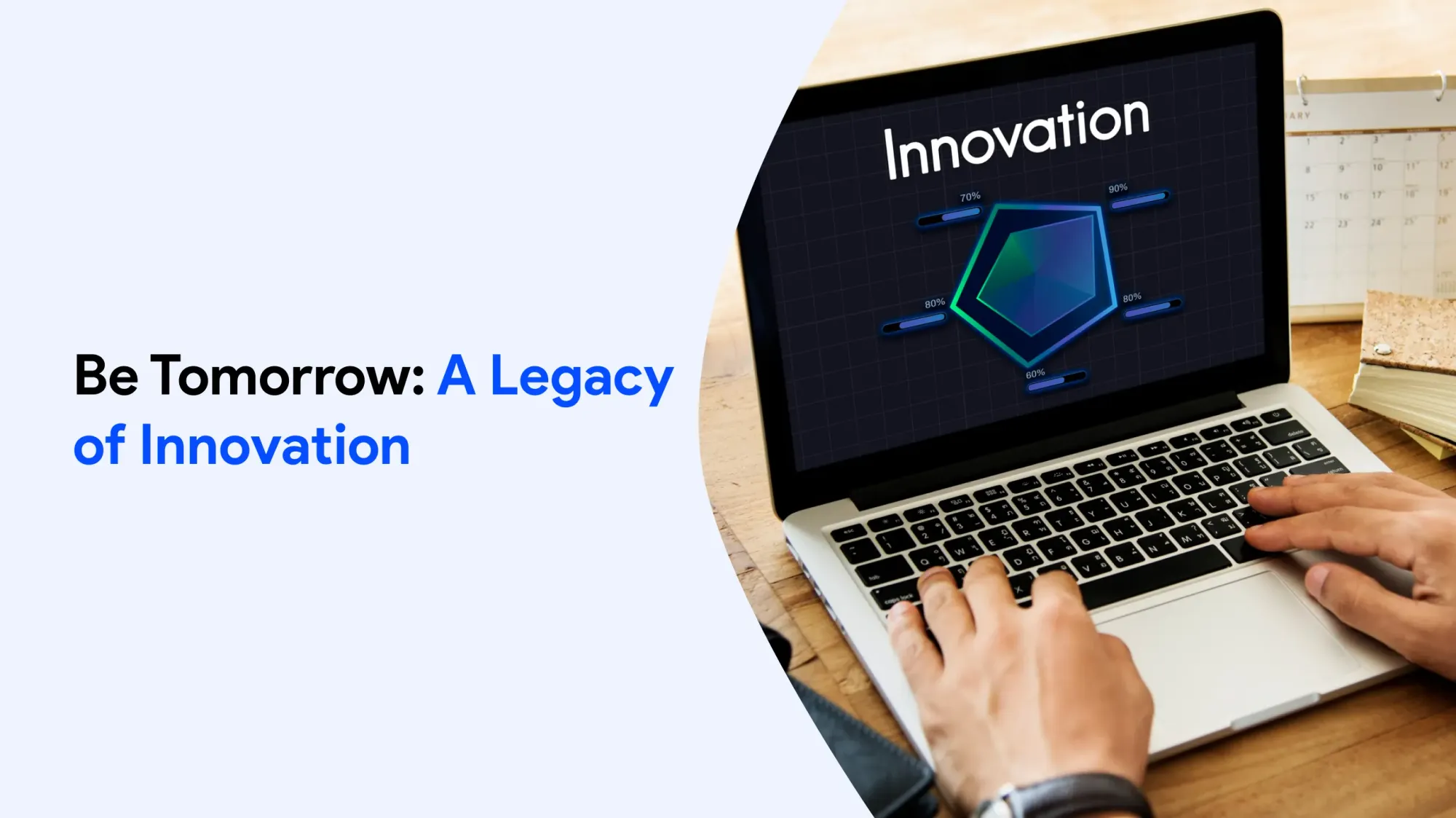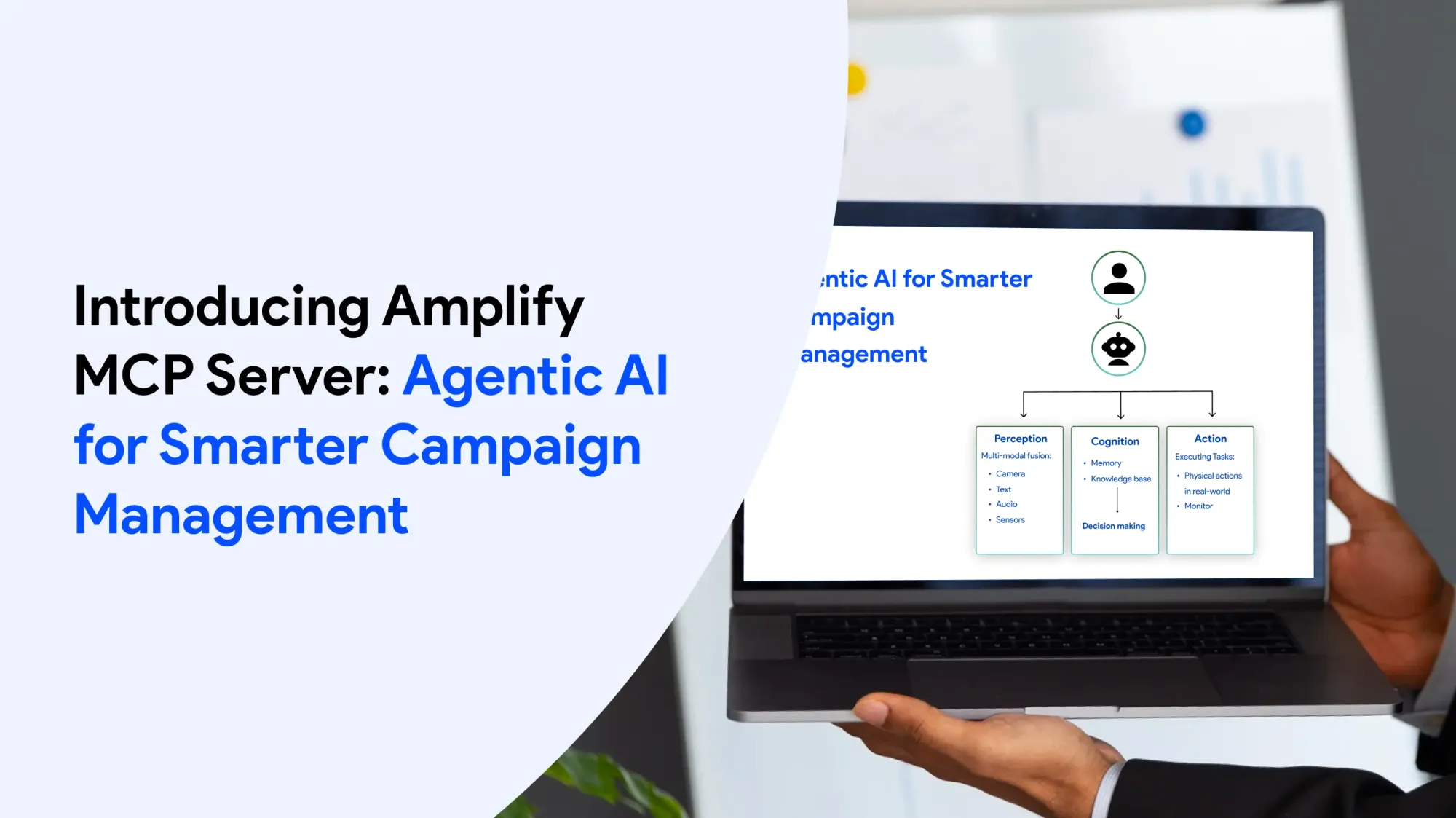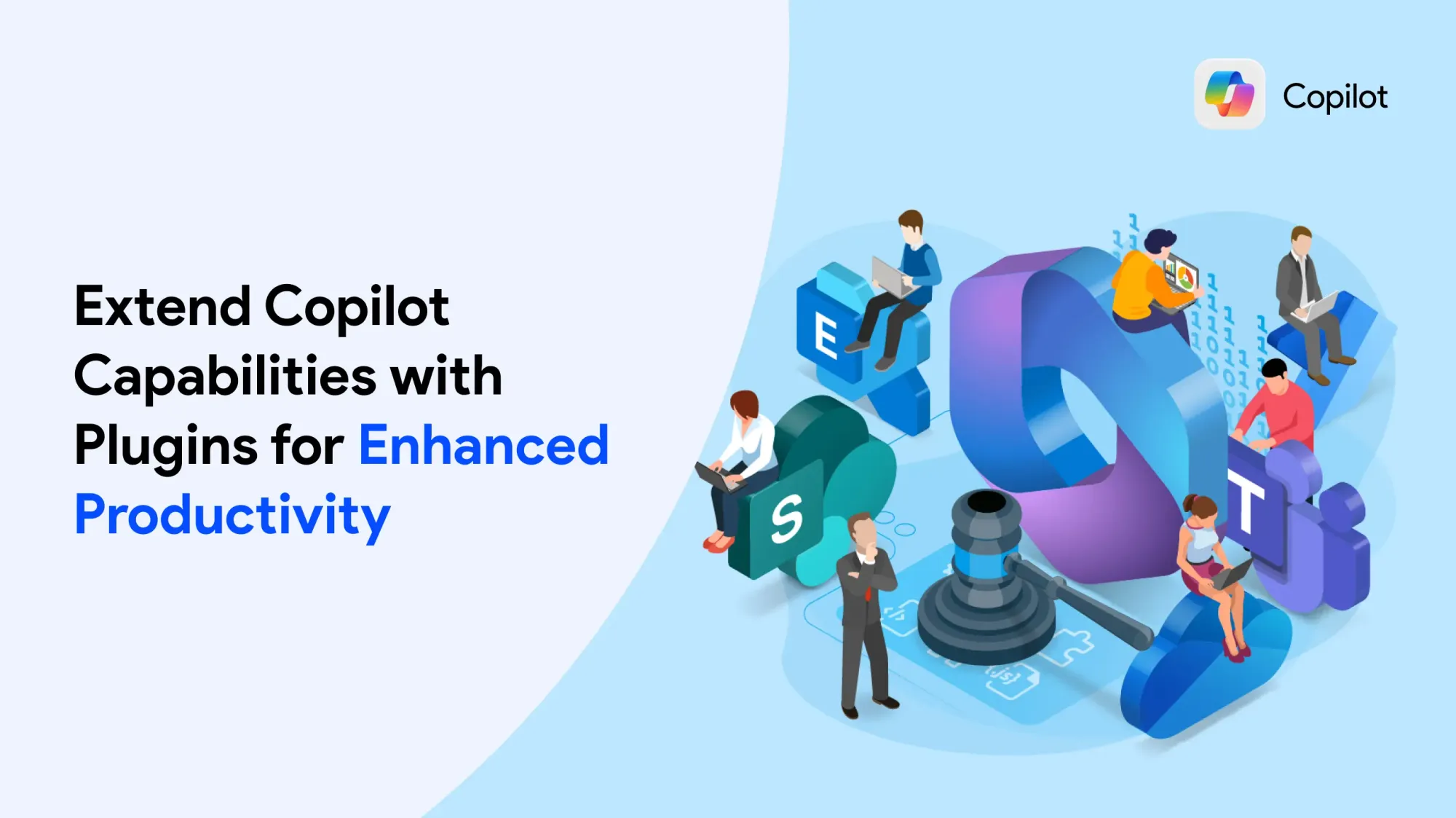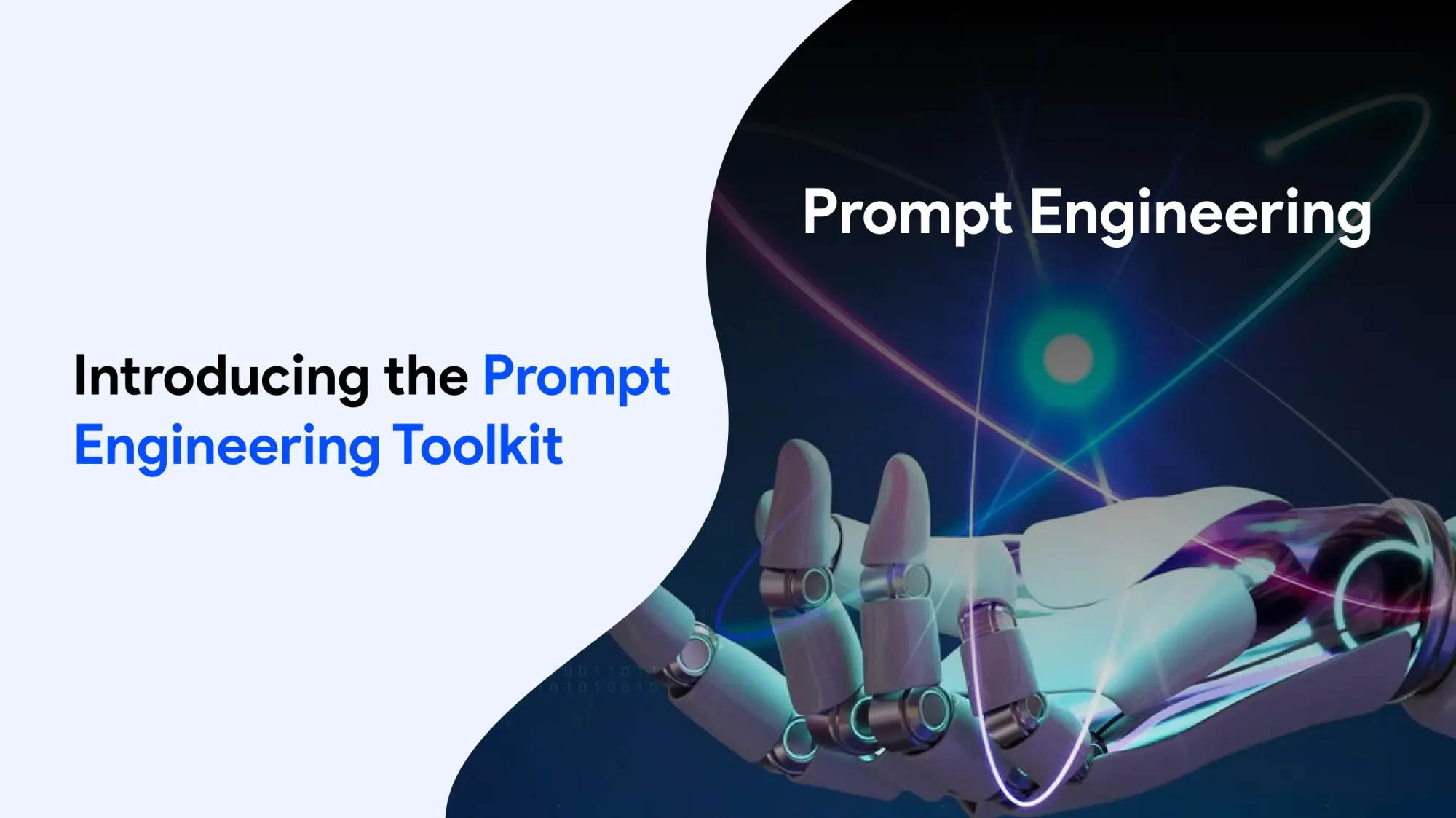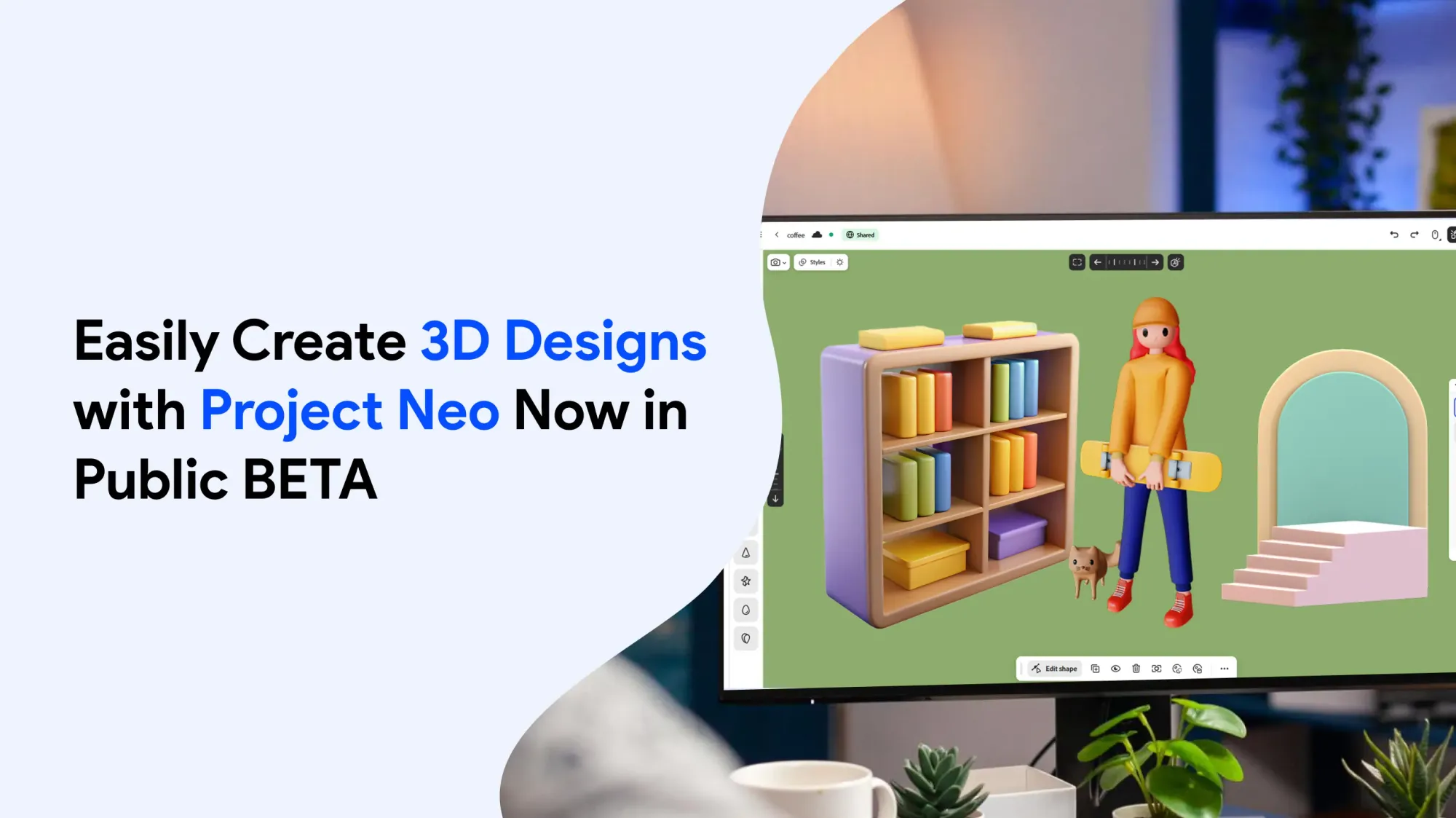Introduction: A Legacy of Innovation
Founded in 2002, BeTomorrow has evolved into a leading tech and digital innovation agency, home to over 90 specialists across strategy, development, data, design, and marketing. With custom digital solutions tailored to sectors like finance, healthcare, and luxury, the company has always embraced innovation. Under the leadership of CEO and now President Alexandre Ribeiro, BeTomorrow has remained grounded in one core value: the human experience.
The Evolution of BeTomorrow
Over two decades, BeTomorrow has grown into a forward-thinking, people-centric organization. Its culture of autonomy, openness, and collaboration has fueled creativity and resilience. Yet, as the company scaled, it faced new challenges—especially around structure, communication, and role clarity—prompting a re-examination of its internal operating system.
The Quest for Organizational Clarity
In early 2023, BeTomorrow began exploring alternative management frameworks. Despite the success of its open culture, inefficiencies had emerged—unclear decision rights, siloed knowledge, and growing complexity due to rapid scaling.
The company evaluated systems like Sociocracy and Holacracy, eventually discovering the unFIX Model, which stood out for its flexible, human-centered approach to organizational design.
Experimenting with the unFIX Model: A Transformational Journey
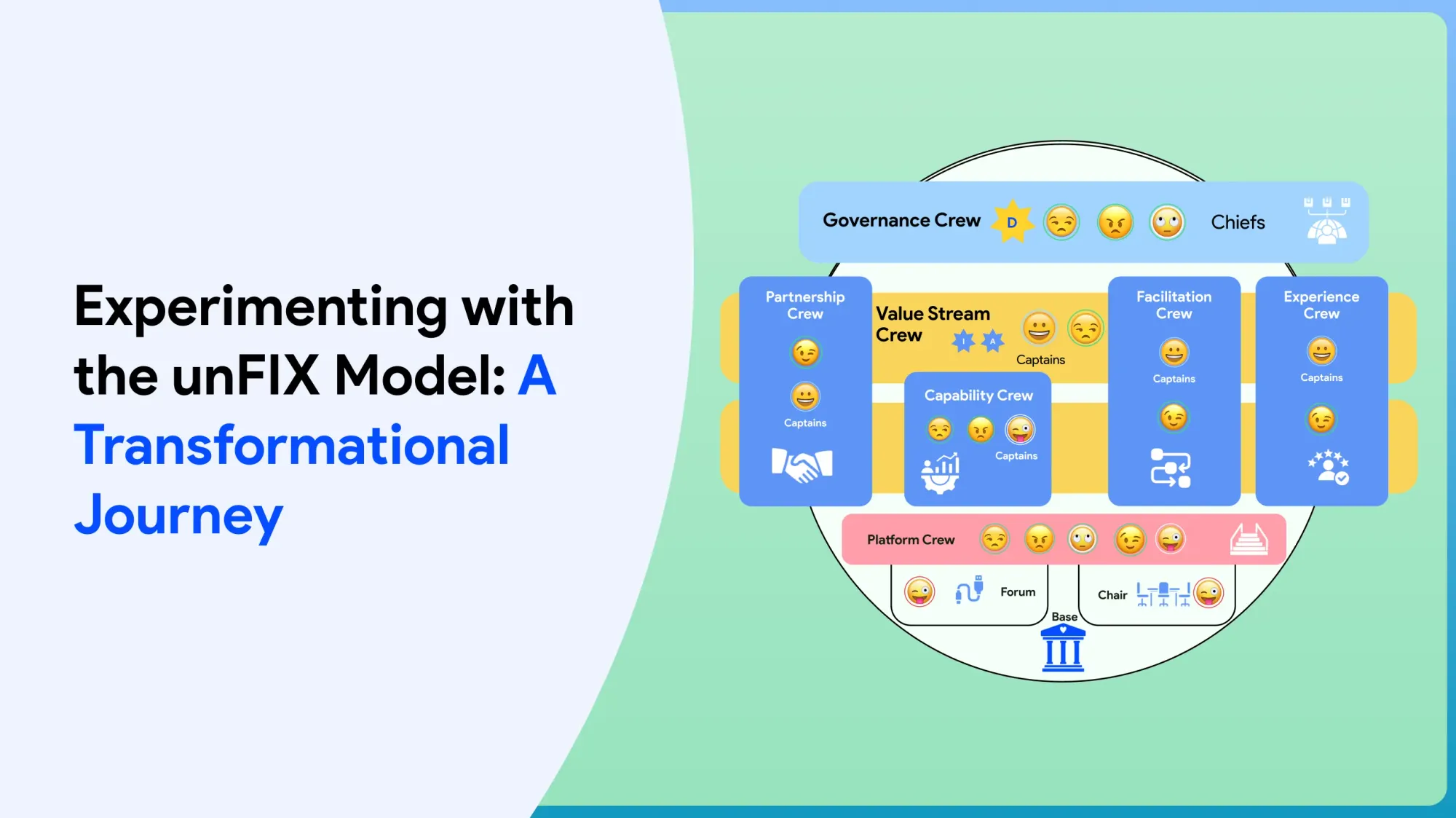
Clarification Through Visualization
BeTomorrow affectionately refers to its internal unFIX framework as the “unFIX Burger.” Volunteer-led working groups enthusiastically embraced the model, organically aligning teams around its vocabulary and principles.
The result? A clearer, more transparent organizational structure. Team members now better understand how their work fits into the whole, which has improved both internal alignment and client-facing interactions.
Defining Roles with Precision
Although roles were well-understood internally, clients often struggled to know whom to contact—was it the Product Owner, Scrum Master, or another team member?
To address this, BeTomorrow adopted the Role Attributes and Delegation Levels patterns from unFIX, particularly within its Value Stream Crews. These tools provided better clarity on individual responsibilities and improved communication both within teams and with clients. Encouraged by their success, the company is now expanding these practices across all crews and forums.
Managing Tensions Productively
Tensions are inevitable in any growing organization. Rather than avoiding them, BeTomorrow used unFIX to encourage structured, open conversations that surface friction points and identify collaborative solutions.
By asking the right questions and addressing issues head-on, the company is creating healthier workflows, stronger alignment, and a more sustainable working environment.
Enhancing Coordination Amid Rapid Growth
With a 37% increase in headcount over two years (LinkedIn Insights), maintaining alignment became more challenging. More people meant more opportunity—but also greater complexity.
To stay agile, BeTomorrow implemented unFIX Initiatives, which help align teams around shared priorities rather than simply adding more work. This approach keeps the company nimble and focused, even during rapid expansion.
The Road Ahead: Embracing Continuous Feedback
The unFIX journey at BeTomorrow is ongoing. The next step? Deepening integration of unFIX patterns into the company’s DNA so that its consultants and coaches can not only operate effectively but also bring these principles to client projects.
Recommendations for Future Growth
To maximize the value of unFIX, BeTomorrow is considering several advanced patterns:
Measures and Metrics Patterns
Establish baseline indicators to measure the impact of unFIX initiatives and make informed, data-driven decisions.
Strategic Dimension Patterns
Align the entire organization around a shared strategic direction and empower all team members with the information needed to make fast, confident decisions.
Innovation Vortex Pattern
As a company rooted in innovation, exploring this pattern can refine BeTomorrow’s R&D efforts and elevate how it delivers value to clients.
Conclusion: A Partnership Made in Innovation
BeTomorrow’s adoption of the unFIX Model represents more than a shift in organizational design—it reflects a deep commitment to continuous improvement, transparency, and human-first innovation.
This case study highlights the collaborative journey between BeTomorrow and the unFIX framework. As the company continues to scale and evolve, it is well-positioned to maintain agility, strengthen culture, and deliver exceptional value to clients—while reinforcing its legacy as a pioneer in digital innovation.

